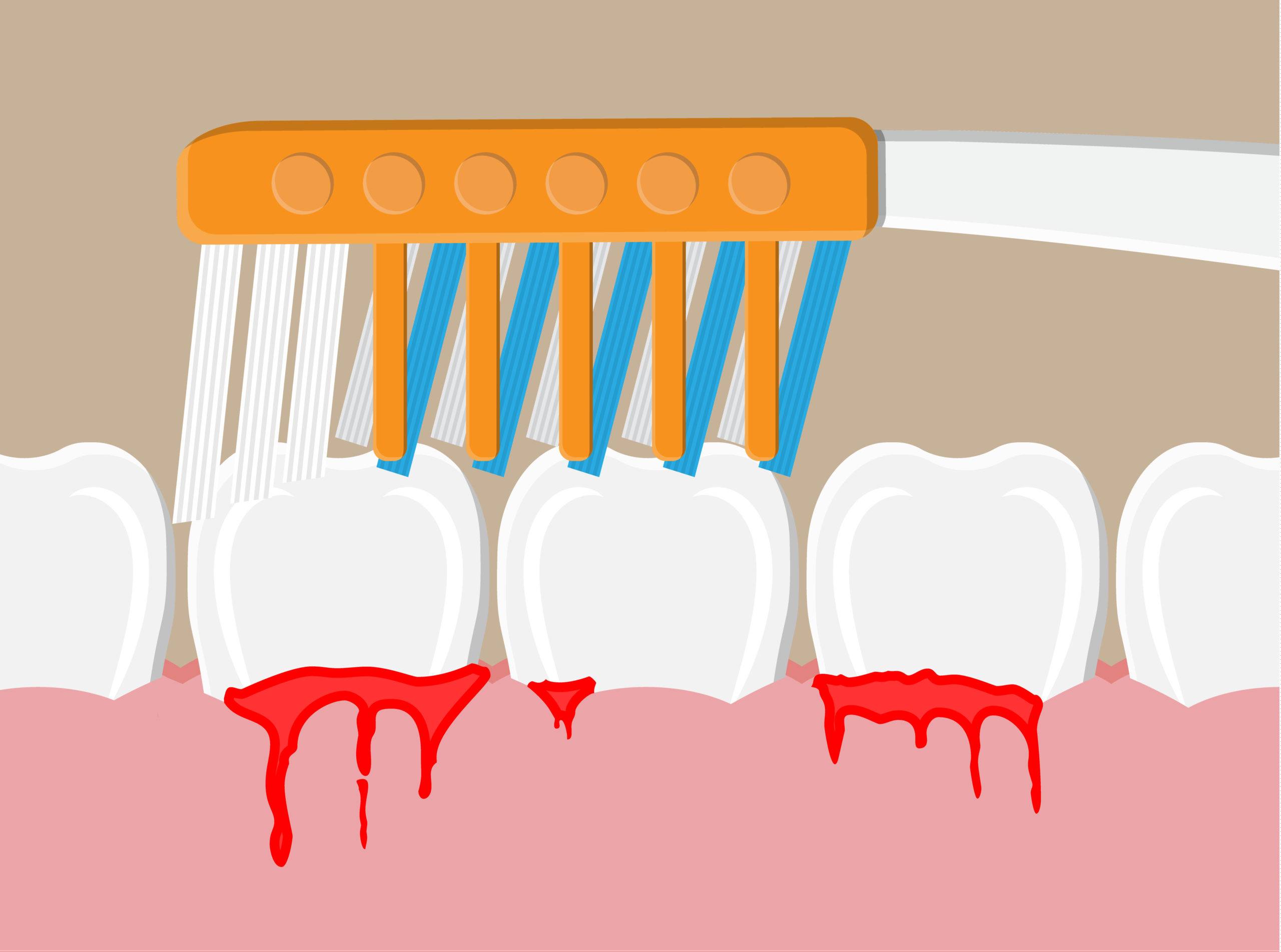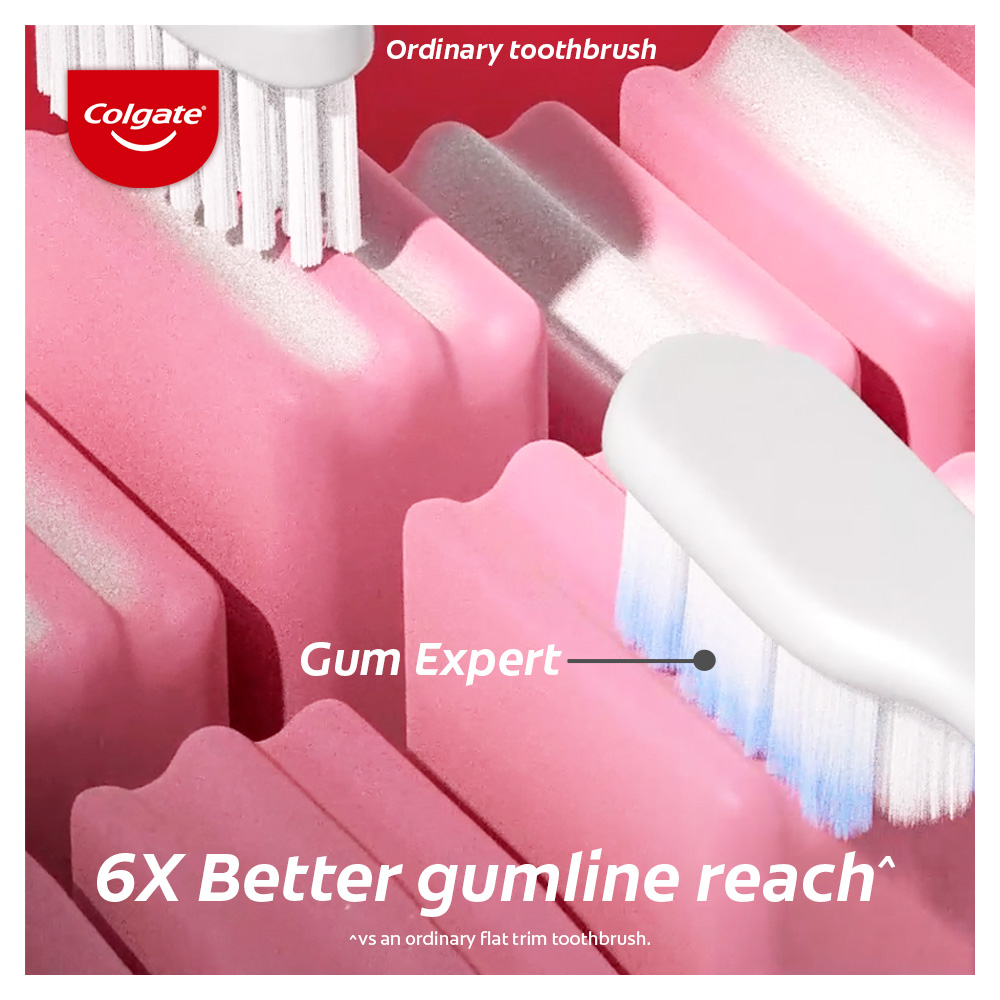Soft Toothbrush For Bleeding Gums

Bleeding gums can be a sensitive and concerning issue for many individuals. It’s a common symptom of gingivitis, a mild form of gum disease that can be caused by poor oral hygiene, genetics, or other factors. When gums bleed, it’s essential to address the issue promptly to prevent further complications. One of the most effective ways to care for bleeding gums is by using a soft toothbrush.
A soft toothbrush is designed to gently clean the teeth and gums without causing further irritation or damage. Unlike hard-bristled toothbrushes, which can scratch and damage the gums, soft toothbrushes are made with flexible bristles that conform to the shape of the teeth and gums. This gentle cleaning action helps to remove plaque and bacteria that can cause inflammation and bleeding, while also promoting healthy gum tissue.
When selecting a soft toothbrush for bleeding gums, there are several factors to consider. Firstly, look for a toothbrush with bristles that are labeled as “soft” or “extra-soft.” These bristles are typically made from nylon or polyester and are designed to be gentle on the gums. Additionally, consider a toothbrush with a small head, as this will allow for more precise cleaning and reduced pressure on the gums.
Another important feature to consider is the toothbrush’s handle. A comfortable, ergonomic handle can make it easier to maneuver the toothbrush around the mouth, especially for those with sensitive gums. Some toothbrushes also feature a built-in timer or pressure sensor, which can help ensure that you’re brushing for the recommended amount of time and with the right amount of pressure.
In addition to using a soft toothbrush, there are several other steps you can take to care for bleeding gums. Firstly, it’s essential to maintain good oral hygiene habits, including brushing your teeth at least twice a day and flossing once a day. You should also avoid smoking and tobacco products, as these can exacerbate gum disease. Regular dental check-ups are also crucial, as your dentist can help identify and treat any underlying issues that may be contributing to your bleeding gums.
If you’re experiencing bleeding gums, it’s also important to consider your diet. A healthy, balanced diet rich in fruits, vegetables, and whole grains can help promote healthy gum tissue. Foods that are high in sugar and acid, on the other hand, can contribute to tooth decay and gum disease. Additionally, staying hydrated by drinking plenty of water can help keep your gums healthy and resilient.
In some cases, bleeding gums may be a symptom of a more serious underlying condition, such as periodontitis or vitamin deficiency. If you’re experiencing persistent or severe bleeding, it’s essential to consult with your dentist or healthcare provider to rule out any underlying conditions.
To further illustrate the importance of soft toothbrushes for bleeding gums, let’s consider a scenario. Imagine you’re experiencing bleeding gums due to gingivitis. You’ve tried using a hard-bristled toothbrush, but it only seems to make the problem worse. By switching to a soft toothbrush and maintaining good oral hygiene habits, you can help reduce inflammation and promote healthy gum tissue.
| Toothbrush Type | Features | Benefits |
|---|---|---|
| Soft Toothbrush | Gentle bristles, small head, ergonomic handle | Reduced irritation, improved gum health, easy to maneuver |
| Hard Toothbrush | Stiff bristles, large head, basic handle | Increased risk of gum damage, reduced comfort, difficulty maneuvering |

In conclusion, a soft toothbrush is an essential tool for caring for bleeding gums. By selecting a toothbrush with gentle bristles and a comfortable handle, you can help promote healthy gum tissue and reduce inflammation. Remember to maintain good oral hygiene habits, including regular brushing and flossing, and consult with your dentist or healthcare provider if you’re experiencing persistent or severe bleeding.
Pros of Soft Toothbrushes for Bleeding Gums:
- Gentle on gums, reducing irritation and inflammation
- Effective at removing plaque and bacteria
- Promotes healthy gum tissue and reduces risk of complications
Cons of Soft Toothbrushes for Bleeding Gums:
- May not be as effective at removing heavy plaque or tartar buildup
- Requires regular replacement to ensure optimal cleaning
By following these tips and using a soft toothbrush, you can help care for your bleeding gums and promote overall oral health.
What type of toothbrush is best for bleeding gums?
+A soft toothbrush is the best type of toothbrush for bleeding gums. Soft toothbrushes have gentle bristles that conform to the shape of the teeth and gums, reducing irritation and inflammation.
How often should I replace my soft toothbrush?
+It’s recommended to replace your soft toothbrush every 3-4 months or sooner if the bristles become frayed or worn. Regular replacement ensures optimal cleaning and helps prevent the buildup of bacteria and plaque.
Can I use a soft toothbrush with a mouthwash or toothpaste?
+Yes, you can use a soft toothbrush with a mouthwash or toothpaste. However, it’s essential to choose a mild toothpaste and mouthwash that are gentle on the gums and won’t exacerbate bleeding. Avoid using harsh or abrasive products that can further irritate the gums.


